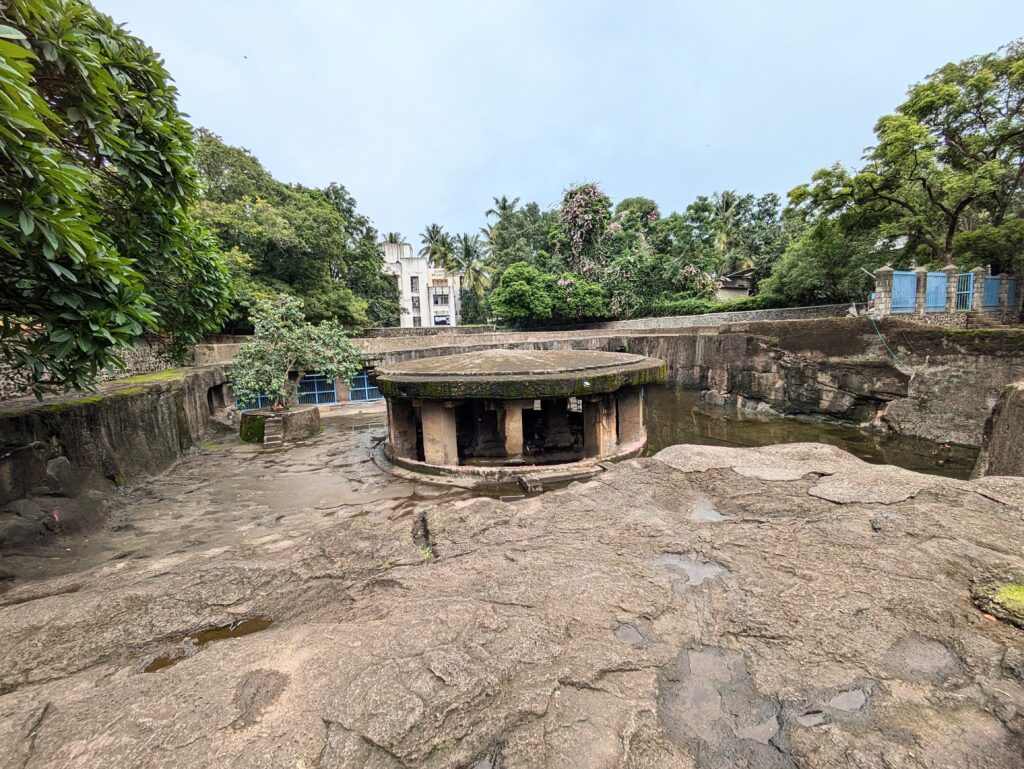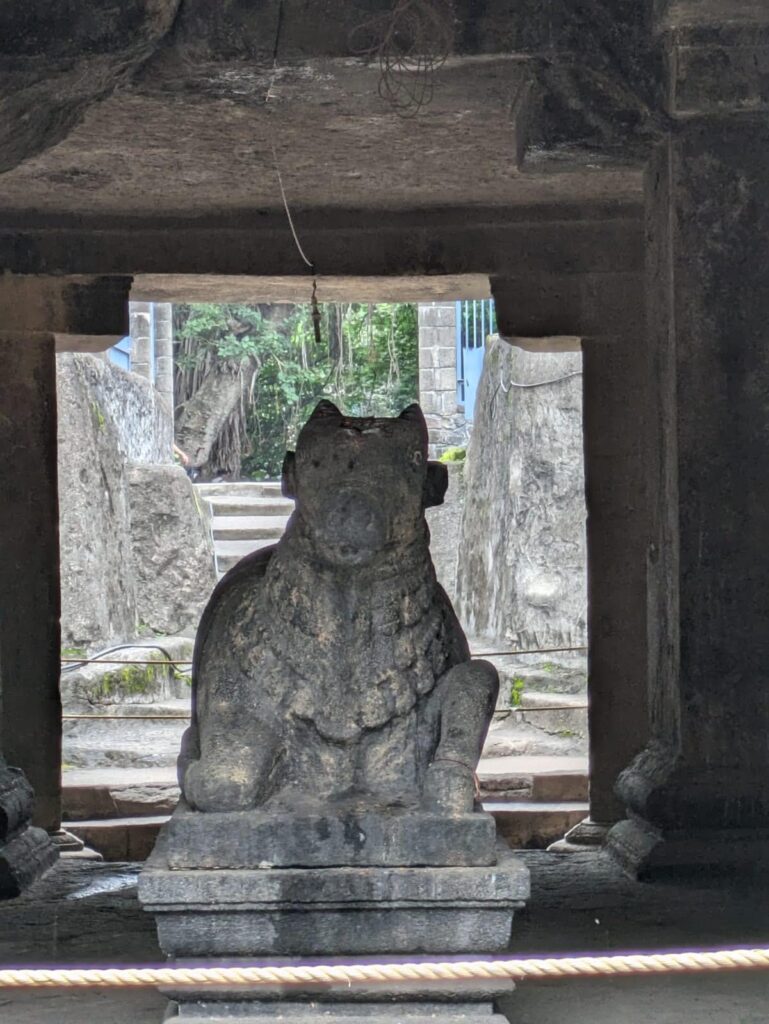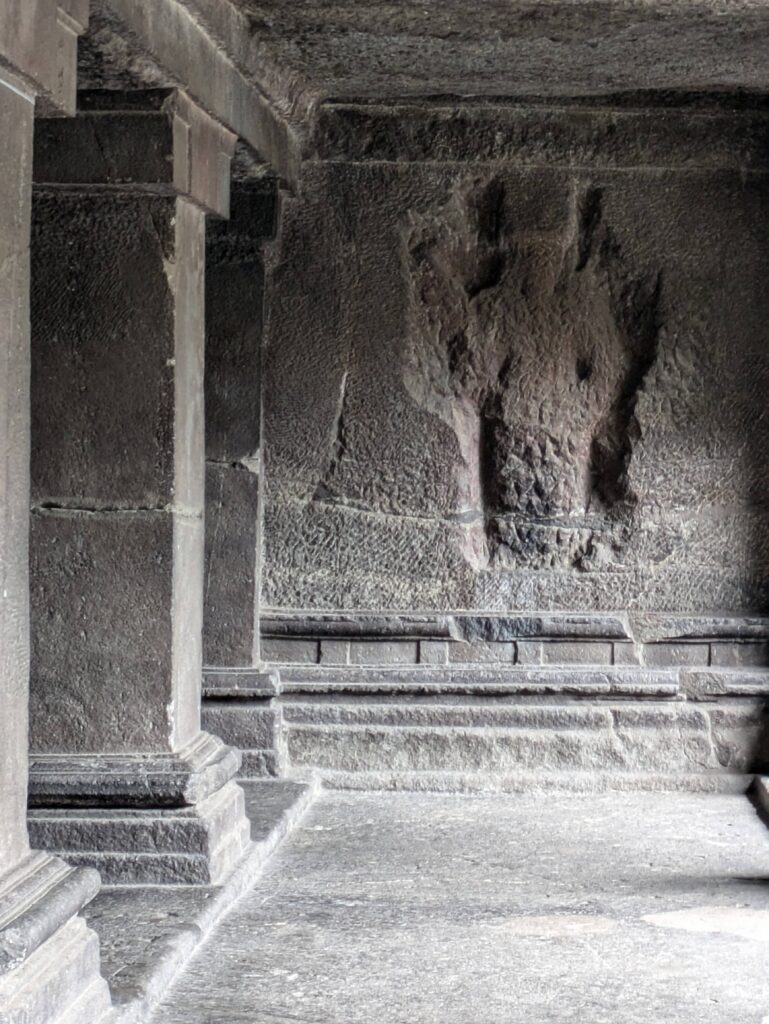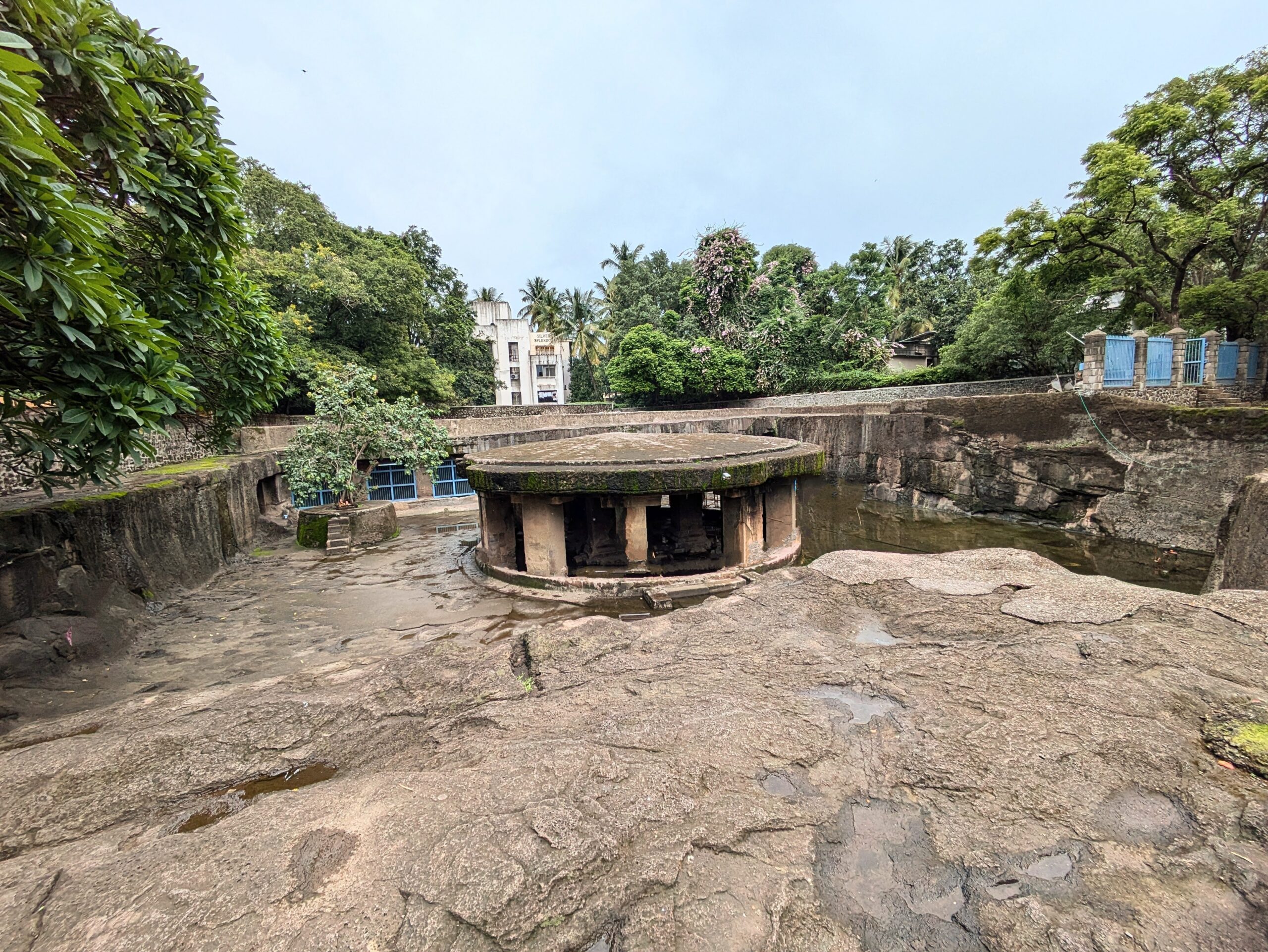Nestled in the bustling heart of Pune, the Pataleshwar Caves are a journey back in time. This remarkable 8th-century rock-cut temple, also known as Panchaleshwar or Bhamburde Mandir, is an extraordinary testament to ancient Indian artistry and devotion, hewn entirely from a single, colossal rock. Dedicated to Lord Shiva, one of whose 1,008 names is Pataleshwar, this historical site is a must-visit for anyone interested in India’s rich cultural and geological heritage.

While local folklore attributes the creation of the Pataleshwar Caves to the Pandavas during their exile, historical records indicate that it was actually established by the kings of the Rashtrakuta Dynasty. This powerful dynasty, which reigned across significant parts of India from the 6th to the 10th centuries, made immense contributions to the architectural landscape of the Deccan region, including the famous Ellora and Elephanta Caves. Though primarily followers of Jainism, the Rashtrakuta rulers also embraced Shaiva, Vaishnava, and Shakta faiths, reflecting a period of religious tolerance and artistic flourishing. During their reign, the Pataleshwar Mandir was situated on the fringes of Punya Vishaya, the ancient name for Pune, in what was once Bhamburda village and is now the Shivajinagar suburb.

The geological makeup of the Pune district, characterized by Deccan trap-basalts, tells a fascinating story of its own. These rocks are the result of immense lava flows that spread across vast areas of western and central India millions of years ago, creating the distinctive flat-topped plateau-like features seen today. This unique geological foundation provided the perfect medium for the intense rock-cutting activity that characterized the region from the 2nd century BCE, initially driven by Buddhist religious endeavors at sites like Bhaje, Karla, and Junnar.
Upon entering the Pataleshwar Caves, visitors are greeted by a 20-foot long, 5-foot wide tunnel that leads into a spacious open-air courtyard. The central feature of this court is the unique Nandi pavilion, carved directly from the rock in situ. Originally supported by twelve outer and four inner pillars, the pavilion’s roof is distinctively smoothed into an umbrella shape. The courtyard also once housed an annular cistern, kept filled with water, surrounding the Nandi.
The main facade of the cave spans 96 feet, featuring eight free-standing pillars and two pilasters. A flight of steps, flanked by two stone tigers, leads into the interior. The cave’s design is remarkable, with multiple rows of pillars defining its spacious aisles and a central shrine containing three cells. The primary cell is dedicated to the linga of Mahadeva Panchalesvara, flanked by idols of Bhavani and Ganapati. A circumambulation path wraps around these shrines, revealing a large unfinished rock section and roughly chiseled surfaces – clear indicators that the cave was never fully completed.

Historical accounts shed more light on the temple’s past. Mediaeval archives note an 1810 donation by Bajirao II to “Bhuyaratil Mahadev,” believed to be Pataleshwar. Furthermore, James Wales, an artist at the Peshwa court in the 1790s, captured the cave’s essence in his drawing of “Pandoo’s cave,” or Panchaleshwara. In 1882, the temple was inhabited by Gosavis or Bairagis, who had added modern shrines, making a full examination challenging.
The Pataleshwar Caves, with their blend of historical intrigue, geological marvel, and spiritual significance, offer a captivating glimpse into India’s enduring legacy of rock-cut architecture. Its originality and vigorous design, though perhaps less known than some other famous cave complexes, make it a true hidden gem at the very doorstep of Pune.

